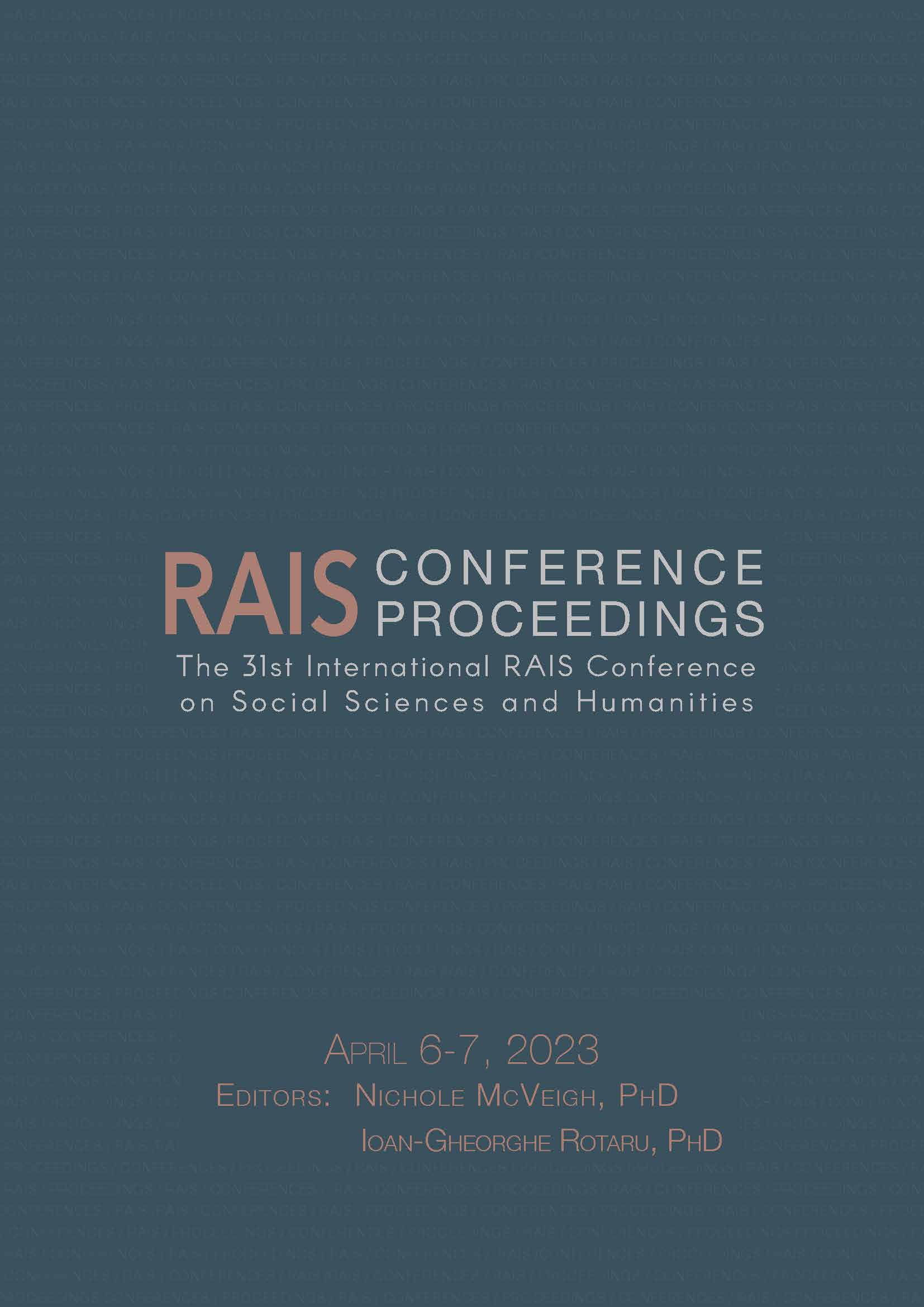Medicare Recipient Characteristics and Utilization of Emergency Departments
Medicare Recipient Characteristics and Utilization of Emergency Departments
Author(s): Patricia García, Diana Garza, Adam Guerrero
Subject(s): Management and complex organizations, Health and medicine and law
Published by: Scientia Moralitas Research Institute
Keywords: Affordable Care Act; Quality Payment Program; Medicare;
Summary/Abstract: The Affordable Care Act (ACA) was enacted to enhance access to care, primarily among non-elderly and low-income populations. The ACA has three primary goals, first, to provide affordable health insurance available to more people; second, to expand the medical program to cover all adults with income below 138% of the federal poverty level; and third, to support innovative medical care methods designed to lower the cost of healthcare. Accountable Care Organizations (ACOs) were created as part of the Quality Payment Program to appropriately incentivize physicians based on high-quality and cost-efficient care of Medicare beneficiaries and lower healthcare costs. Despite the significant reduction in Medicare spending from ACOs, a great proportion of Emergency Department (ED) visits by the Medicare population is considered preventable. This study analyzed a sample of Medicare claims of all ED visits between 2015 and 2020 of a cohort of Medicare patients that enrolled in an ACO in 2017. The aim of the study was to evaluate the changes in ED visits, mortality rates, and institutional paid amount before and after ACO policy intervention, while identifying whether there were differences in ED utilization by gender and insurance plan
Book: Proceedings of the 31st International RAIS Conference on Social Sciences
- Page Range: 21-28
- Page Count: 8
- Publication Year: 2023
- Language: English
- Content File-PDF

